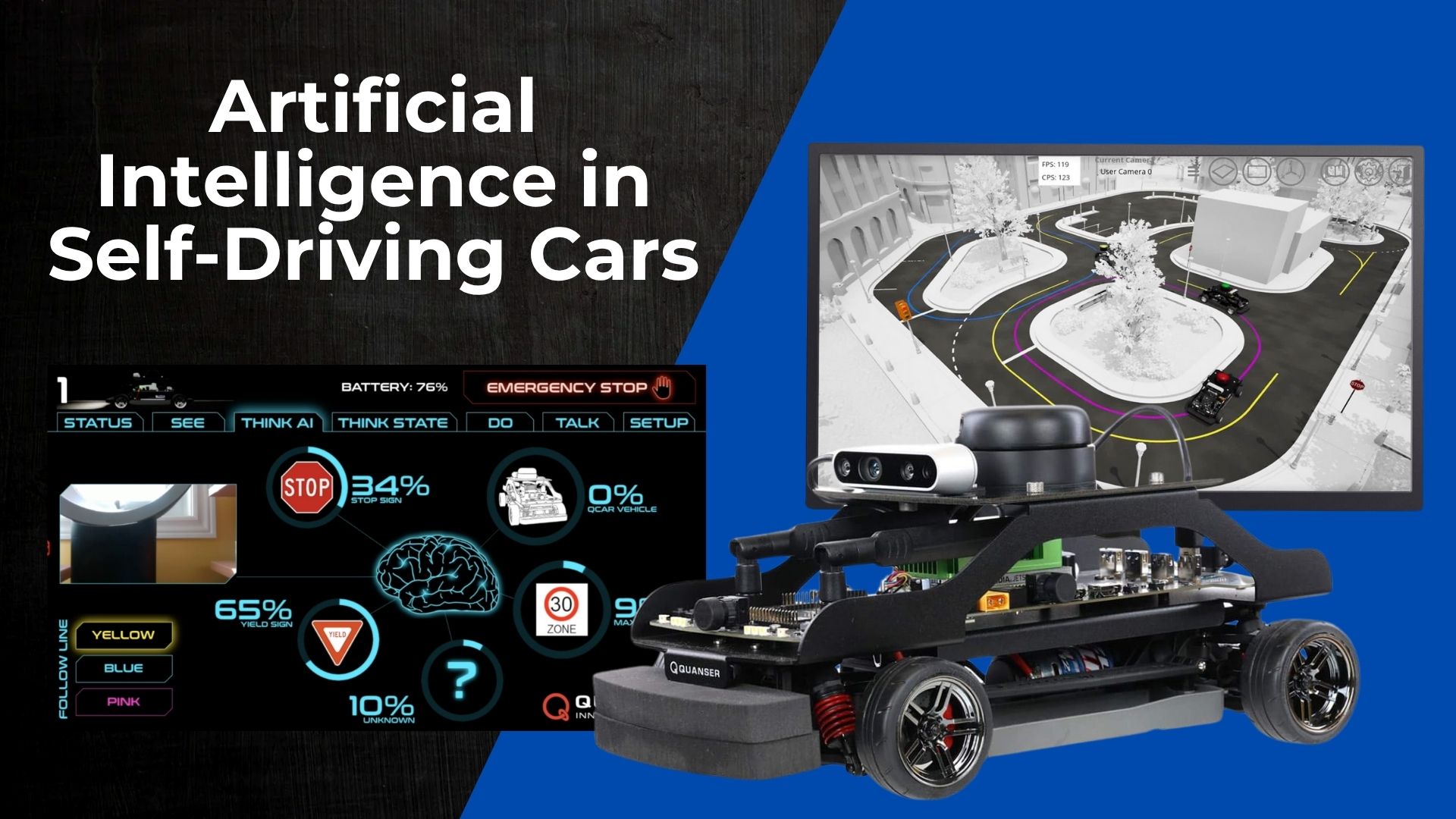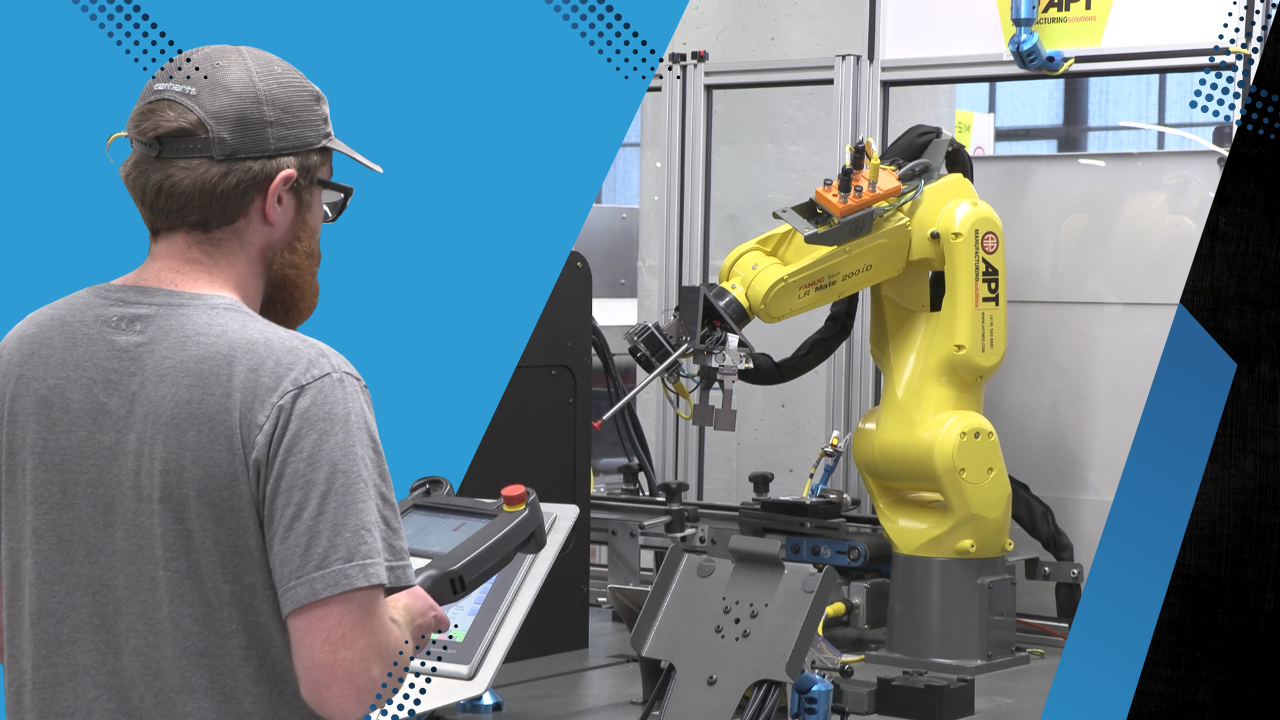
The Technology Educator’s Guide to 3D Scanning
From engineering classrooms to art preservation labs, 3D scanning has become an essential tool in technical and post-secondary education. By
Teaching welding today requires a blend of art, science, and technology. For educators in technical education programs, traditional welding instruction presents several challenges: safety concerns, high material costs, and a steep learning curve for students. While we absolutely must teach welding in live booths, educators can also supplement their traditional welding coursework with emerging technologies that mitigate some of these challenges.
Enter the Miller AugmentedArc—a revolutionary augmented reality (AR) system that takes welding instruction to the next level by offering immersive, data-driven training.

The AugmentedArc uses AR to teach the hands-on feel of welding while capturing and analyzing every data point in the weld process. Students gain confidence, skill, and efficiency in a controlled, feedback-rich environment, while instructors can monitor and teach in a data-driven manner.
The AugmentedArc system uses augmented reality to overlay computer-generated graphics onto real-world welding tools and materials. Students wear a custom-designed helmet equipped with:
This data is processed by the system’s computer, which creates a lifelike welding simulation that appears as if it’s happening right in the classroom. The system integrates with physical tools, such as a real welding torch, to provide a tactile, hands-on experience.
The AugmentedArc doesn’t just simulate welding—it provides detailed, real-time feedback that helps students develop proper technique. Here are the key data points captured during a welding session:
The system provides visual cues on the HUD for students to adjust their technique on the fly. For example, if the travel speed is too fast or the contact distance is off, the system highlights the issue and offers corrective guidance.

The Miller AugmentedArc supports multiple welding processes, ensuring students are well-prepared for the demands of the workforce. The system simulates:
Students can also practice a variety of joint types, including:
The system accommodates all welding positions—flat, horizontal, vertical, and overhead—ensuring that students gain experience in real-world scenarios.
The AugmentedArc isn’t just a training tool for students; it’s a data powerhouse for instructors. With the integrated teacher software system, educators can:

The short answer: no. For students to be truly ready for the workforce, they need training on live welding equipment. But in today’s high-tech, data-driven world, augmented reality is the perfect supplement to engage more students and accelerate the learning process.
Traditional welding has its challenges, and AugmentedArc can help with some of them:
With the Miller AugmentedArc, the next generation of welders is being trained smarter, faster, and safer. By combining real-world tools with augmented reality and data-driven feedback, this system sets a new standard for welding education.
If your goal is to prepare students for successful welding careers while optimizing your training program, the Miller AugmentedArc is the ultimate solution. Bring the AugmentedArc to your classroom with Mission Learning Systems.

From engineering classrooms to art preservation labs, 3D scanning has become an essential tool in technical and post-secondary education. By

On a Tuesday morning in Phoenix, a visitor on business orders an Uber to take them to a conference, and

On the edge of downtown Waterloo, Iowa, there’s a historic site where the first John Deere tractor factory changed the